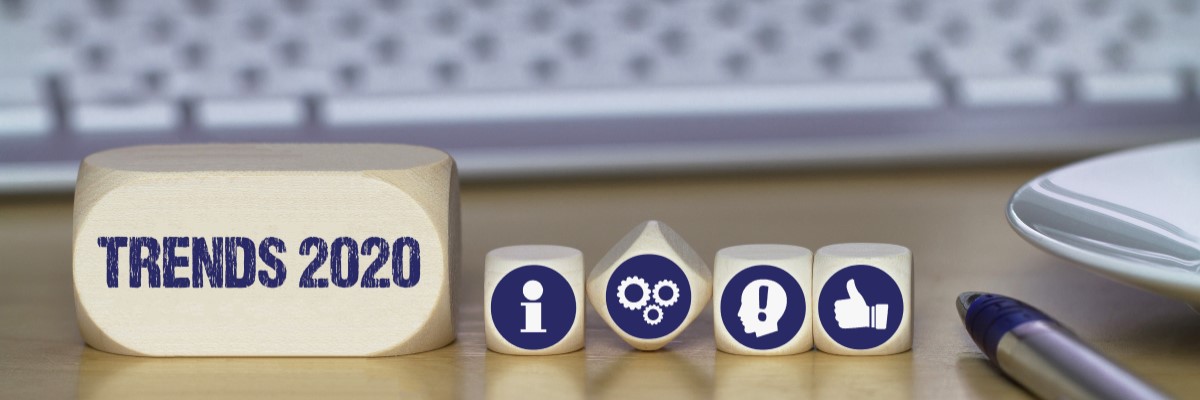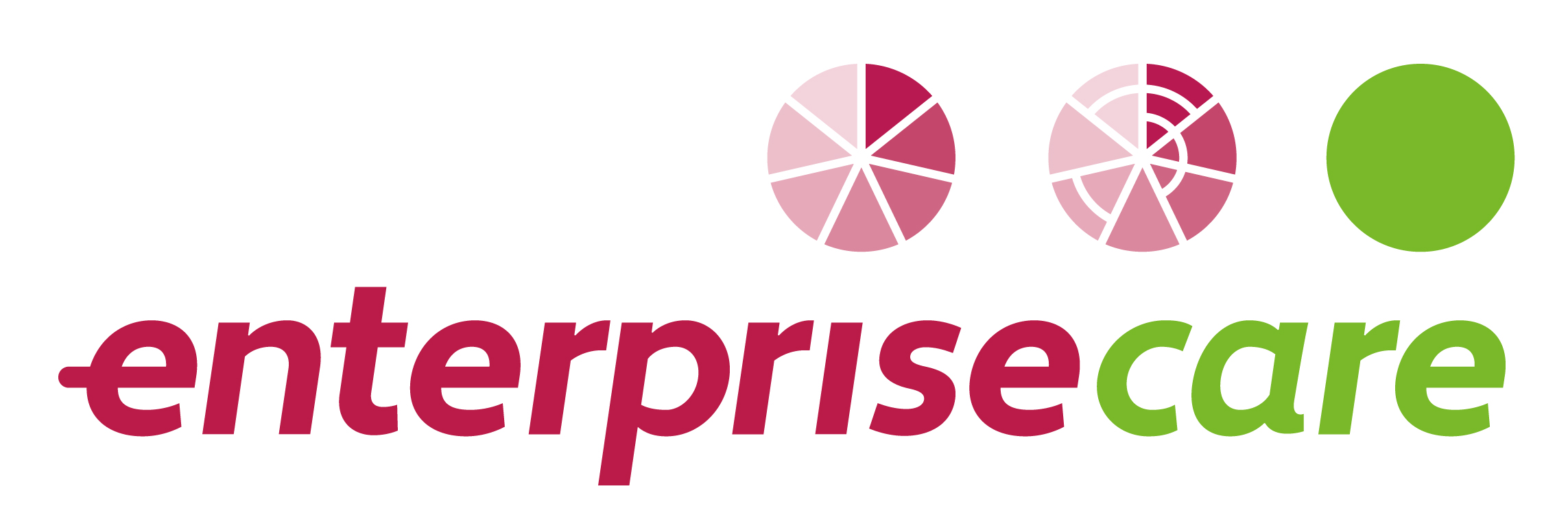
5 WORKPLACE TRENDS TO WATCH IN 2020
As we head into a new decade, workplaces are evolving rapidly. These are the leading workforce trends that SME managers need to know for 2020 and how to leverage them, writes recruitment expert Nicole Gorton.
A vast array of factors from globalisation to shifting demographics is driving workplace change in 2020. But at the heart of it all is technological innovation.
Already, artificial intelligence (AI) is driving demand for new skill sets; cloud computing is creating flexible work options; and automation is replacing manual tasks. Amid this change, there are plenty of constants.
Small and medium enterprises (SMEs) are still comprised of people working towards a common goal, united by shared values and strategic objectives. Regardless of scale, SMEs still require effective leadership, strong managers and suitably skilled employees in order to achieve a competitive advantage.
The need to meld people with technology — and bring out the best in both — is set to be one of the defining challenges facing workplaces in 2020. However, we can break this down into five interlinked trends set to impact SME workplaces this year.
1. Digital transformation — skills and culture merge
Digitisation needs to be a top priority for all organisations in 2020. An MIT study found companies that have embraced digital transformation are already 26 per cent more profitable than their peers.
Emerging technologies such as blockchain, AI and machine learning are having profound impacts on workplaces, enabling employees to work more efficiently, and letting employers maximise returns on headcount.
The challenge for SMEs is not just recruiting for skills that enhance the benefits that technology brings — it’s also important to develop a workplace culture that supports digital transformation.
Think of it this way: The skills needed to deliver on digitisation are continuing to evolve. But executing digital strategies calls for employees who have strong analytical, communication and problem-solving skills. Without them, your business could fall behind.
In a talent-short marketplace, SMEs cannot underestimate the need to attract and retain these in-demand professionals.
2. The war for talent is set to intensify even further
Australia’s ongoing talent shortage is expected to deepen in 2020. Over 266,000 full-time jobs were added to the Australian economy over the last 12 months, and the unemployment rate dropped to 5.2 per cent in November 2019, according to the official Australian Bureau of Statistics measure.
This means top candidates, who possess hard-to-find skills, regularly receive multiple job offers and are in a strong market position.
The problem facing SMEs is that they can find it hard to compete with large companies when it comes to attracting high-calibre talent. However, SMEs have a few ace cards up their sleeves, and in 2020’s talent-short market, it pays to focus on these strengths.
SMEs are often agile decision-makers. Use this advantage to achieve a faster hiring processes. It’s something many candidates look for.
Highlight how your SME can provide variety within a particular role, and a more seamless uptake and integration of new technology and systems. These can be key selling points for candidates who are seeking exposure to a broad cross-section of tasks and responsibilities.
3. The gig economy is growing
In mid-2019, 7 per cent of Australia’s workforce was engaged in the gig economy, according to the Victorian Premier’s office — a figure that is likely to rise through 2020 and beyond.
The good news is that the gig economy offers plenty of advantages for SMEs.
SMEs have traditionally lacked the resources to recruit and retain top candidates. This situation has intensified as niche roles spanning blockchain, data security and big data experience escalating demand.
By focusing on a flexible staffing model, SMEs can introduce skilled specialists into their workforce where — and when — they are needed. Along with the ability to access highly skilled talent, the use of contract professionals can help SMEs better manage their staffing budgets.
4. Remuneration — no longer a one-size-fits-all strategy
In the skills-short market of 2020, SMEs need to differentiate themselves from competitors in order to attract and retain high-quality talent.
Offering salaries that are above industry average, especially in today’s climate of slow wage growth, can help a business stay one step ahead of the competition. But that’s not always an option for SMEs.
Fortunately, the days when all emphasis was placed on base salary are over.
As we head into 2020, non-financial benefits are highly sought after by candidates. They can also be a cost-effective way for SMEs to compete for talent.
Our own research has found that six out of 10 Australian employees say non-salary benefits have become more important to them than base salary. This makes it important for SMEs to explore a range of non-monetary benefits.
As a guide, 94 per cent of Australian companies offer flexible working hours/remote working; 60 per cent have wellbeing programs that can include flu vaccinations and discounted gym membership; and 58 per cent of employers offer increased leave entitlements.
The workplace of 2020 won’t just feature different types of rewards. Increasingly, remuneration is being tailored to individual employee’s preferences. It’s an approach that can help SMEs vie for talent by enhancing the attractiveness of a job ad, and positioning the company as an employer of choice.
5. Employees want to grow their skills
Deloitte Access Economics estimates that over the next 10 to 15 years, around 40 per cent of Australian jobs have a “high probability” of being automated. This makes training and development a key priority for SMEs in 2020.
Upskilling employees can help with retention efforts and succession planning as well as giving the business a performance boost.
Undertaking a skills audit can uncover areas where skills may be lacking among your team. But be prepared to let go of yesterday’s approaches to learning.
Continuous learning — that is, encouraging employees to keep growing their knowledge and skills, and providing them with the support and resources to do so — is an effective strategy in the rapidly changing technology and business environment of 2020.
As we head into 2020, SMEs that can adapt to these workplace trends are well placed to build a loyal and productive workforce that helps the business make the most of everything the new decade has to offer.
DISCLAIMER: This article is general ONLY in nature and is not advice
First published in mybusiness, Nicole Gorton, 15 January 2020
Nicole Gorton is director of recruitment firm Robert Half Australia
